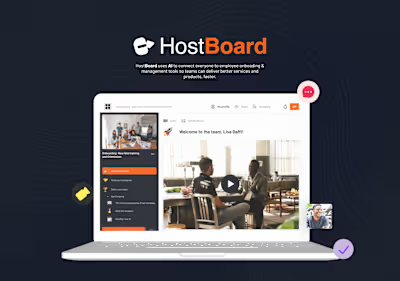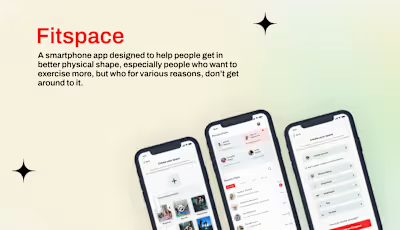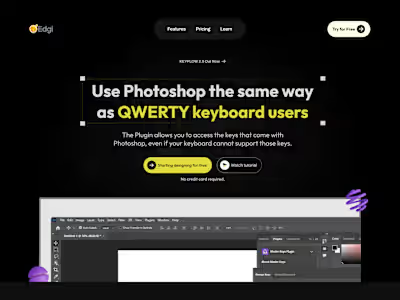Website UX Audit
1. Explore Competitor Websites:
I visited each competitor's website or digital product and explored their features, functionality, and overall user experience. I took note of key elements such as navigation, layout, content organization, and interaction patterns.
2. Evaluate Usability:
I assessed the usability of the competitor offerings by applying established usability principles and best practices. I looked for areas where the competitors excelled or fell short in terms of intuitive navigation, clear messaging, effective calls-to-action, and overall ease of use.
3. Compare Features:
I compared the features and functionality of the competitor offerings with those of our client's product. I identified any unique or innovative features that competitors had implemented, as well as any areas where our client's product had a competitive advantage.
4. Analyze User Feedback:
If available, I gathered user feedback and reviews about the competitor offerings. This could include online reviews, social media comments, or user ratings. I analyzed this feedback to understand common user pain points or areas of satisfaction.
5. Identify Opportunities:
Based on my evaluation and analysis, I identified opportunities for our client to differentiate themselves from their competitors. This could involve recommending new features, UX improvements, or strategies to better meet the needs and expectations of their target audience.
6. Provide Recommendations:
I compiled my findings and recommendations into a competitive audit report. This report outlined the strengths and weaknesses of the competitor offerings, along with actionable recommendations for our client to enhance their own product's user experience and gain a competitive edge.
Like this project
Posted Dec 18, 2023
As part of my role as a UX analyst and auditor, I was given a list of links to the competitors of our client for me to conduct a competitive audit.
Likes
0
Views
4
Clients

Upwork







